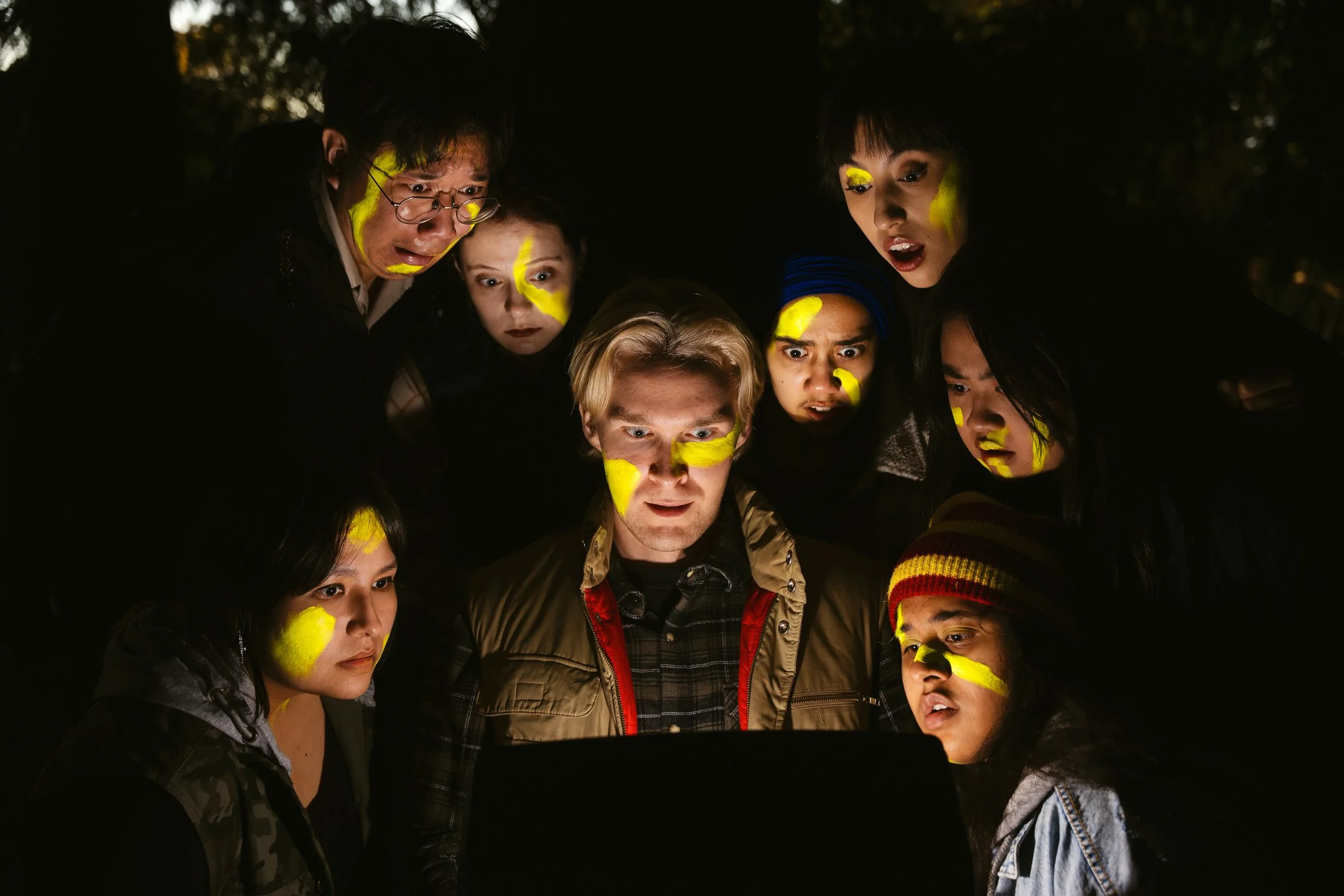A Q&A with Erica Wilk of Moniker Press
/Nestled underground in Vancouver’s Chinatown is Moniker Press, a small but mighty risograph print and publishing studio. Moniker quietly began 6 years ago when owner and operator Erica Wilk was helping out a studio mate with a book they ambitiously decided to print themselves—all 400 copies. The next thing she knew she had a 300-pound risograph printer in her studio that she hadn’t yet learned how to use, and a whole lotta copies of a first edition that needed printing. It wasn’t until years later that Wilk developed a vision for the press, which has evolved into a collaborative project with other artists and writers to produce small editions of books, zines, and prints.
Moniker Press | Risograph | Studio Library
What do you love about risograph?
My favourite thing with risograph is experimenting with the colours. It’s a soy-based ink—although they just recently changed it to rice bran oil for a lot of the newer batches. Either way the ink is semi-transparent, so when you overlay the colours you can get some really interesting combinations. That's one of the things that constantly brings me joy when I’m printing. It allows for a very experimental approach, even though it has many restrictions and the machines break down a lot, I still love the process of it. It’s safe to say I’m obsessed.
If your printer was a person, what would its personality be?
My first-ever printer is Vern, he’s from Mount Vernon. He’s older but reliable— the one that never fails. However, it only prints with black ink and at a smaller scale, so even though he’s the trusty workhorse, I'm not using it for much these days.
Eddy was my next printer—very high maintenance, you have to hold Eddy’s hand every step of the way. He arrived broken when shipped from Edmonton because he wasn’t tied down properly and got smashed in the truck like a ping pong ball. Eventually, I got it functioning again and dealt with its crooked printing and finickiness for 4 years—you literally had to hold certain parts in place while it was printing. Sometimes it felt like he knew when I was on a tight deadline and purposely caused extra errors at 1am. So these days Eddy is retired.
The replacement riso is Auro [from Ontario], and she’s newer and mostly really chill. My best printer so far—knock on wood. Generally, I would say all riso machines have their own personality, temperament and quirks that you constantly have to deal with... which is why the Moniker Press ones have names.
What do you think are important skills as a creative business person?
Erica Wilk
Everyone will have their own strengths but for me, I find that a strange enjoyment for repetitive/meditative tasks and trying to be super organized is helpful. Also problem solving—I love finding makeshift solutions for creating things. And I have the perhaps unconventional tendency for being a night owl with more introverted habits, which helps me to find satisfaction through work/creativity.
Can you share some work you’re excited about right now?
Last year I opened Moniker Press up to an open call for publishing proposals. Previously, I was approaching people whose work I’d seen at a show or on Instagram, but now trying to make it more accessible. Anyone can submit a proposal at any time.
We also just released Quilt of Hope, an exhibition and publication that launched at Massy Gallery January 23-March 1, 2021. Nya Lewis is the artist and curator for the project and it was co-published with BlackArt Gastown, which is an initiative run by Nya. It was a huge community project that Nya has been working on since May/June 2020.
Upcoming publications, which are now available for pre-order include, fruit/soil by Yukon-based comic artist Kimberly Edgar and Are We There Yet? with Bethlehem Miriam, a collaged book of drawings and paintings inspired by the community resistance work that happened last summer.
Quilt of Hope, BlackArt Gastown & Moniker Press
Tell me more about this project with BlackArt Gastown, the Quilt of Hope.
The question that is asked in the publication and installation is: What is the role of artists in dismantling anti-black racism? There were 25 contributors whose answers are featured in the book. So it serves as a call to action, to hold each other accountable “from the artist, to the artist” — to quote Nya from our recent Instagram live Q&A.
I can mainly speak to the process of creating the publication, which was constructed to also take form as a wall hanging quilt: All the pages in the publication become this giant 4x4ft hanging riso print, and we “stitched” the pages together using spiral coils. The publication is still available for order on the Moniker Press webshop and at Massy Books, for those that missed seeing the installation, there’s a video tour on the website as well.
I have been honoured to be a part of the project, it was amazing to collaborate with Nya and the designers, Megan Chen and Triet Pham and everyone involved.








